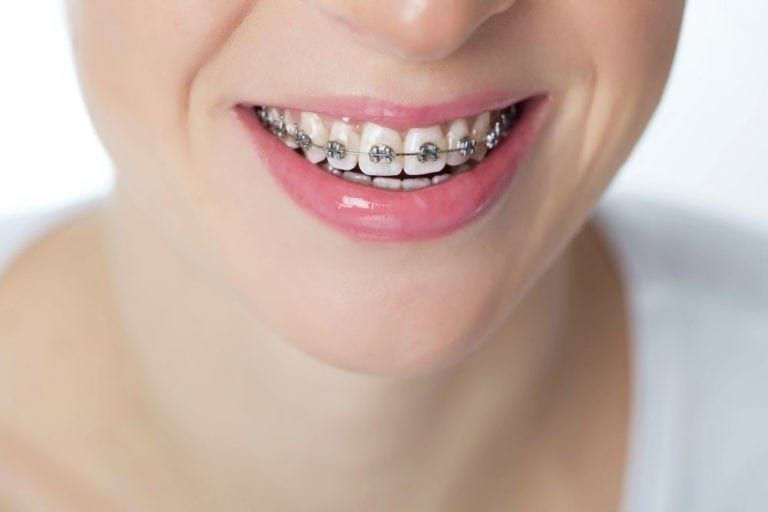The Eco-Friendly Side of Non-Prep Veneers: Is It More Sustainable?
- dclinicdubai
- Apr 17
- 4 min read
As sustainability becomes a central theme in healthcare, cosmetic dentistry is not exempt from the conversation. Among the procedures gaining attention for their minimally invasive approach is the application of Non-Prep Veneers in Dubai—a city where luxury and innovation often intersect. Beyond aesthetics and convenience, there’s a growing interest in the environmental impact of these veneers. Can a smile makeover align with sustainability goals? Let’s examine the eco-friendly side of non-prep veneers and whether they truly offer a greener path in modern dentistry.

Understanding the Sustainability Concern in Dentistry:
Conventional dental treatments often involve extensive material usage, water consumption, and energy-intensive processes. From disposable items and single-use plastics to the chemicals used in fabrication, dentistry has historically had a sizable environmental footprint. The rise of eco-conscious patients and the global push for greener clinical practices are reshaping how treatments are evaluated—not just in terms of effectiveness, but also in their ecological impact. This shift prompts a deeper look at alternatives like non-prep veneers, which may offer advantages beyond patient comfort.
How Non-Prep Veneers Reduce Material Waste:
One of the key sustainability advantages of non-prep veneers lies in the procedure’s conservative nature. Because there is no drilling or tooth reduction involved, there is no removal of enamel, dentin, or other biological materials that would otherwise require disposal. Additionally, the ultra-thin porcelain used is fabricated with precision, reducing excess during the design and manufacturing process. These veneers are often produced using digital scans, which replace traditional impression trays and plaster models—both of which generate non-recyclable waste. The ability to minimize physical materials without compromising results contributes directly to waste reduction.
The Role of Digital Dentistry in Sustainability:
Non-prep veneers rely heavily on digital workflows, from initial consultations to fabrication. Intraoral scanning, CAD/CAM design, and digital smile simulations reduce the need for physical models and impressions. This digitization not only improves accuracy but also cuts down on energy and resource consumption associated with traditional methods. Fewer remakes, faster turnaround times, and more predictable outcomes mean fewer materials are wasted in trial-and-error processes. In high-tech environments like dental clinics offering Non-Prep Veneers in Dubai, digital integration is already standard—making the entire veneer process more streamlined and eco-conscious.
Fewer Clinical Visits Mean Reduced Carbon Emissions:
A subtle yet important environmental benefit of non-prep veneers is the reduction in patient visits. Because these veneers do not require tooth preparation, they can often be completed in just one or two appointments. This minimizes travel to and from the clinic, which, over time and across thousands of patients, equates to significantly lower carbon emissions. In metropolitan regions where traffic and travel distances are a concern, this aspect of reduced clinical time is a tangible contributor to sustainability. It’s an often-overlooked benefit but an impactful one when scaled.
Reversibility and Longevity as Sustainability Factors:
Non-prep veneers are not only minimally invasive but also reversible in many cases. This reversibility reduces the long-term commitment to frequent replacements or corrections, which in turn reduces cumulative material use. More importantly, high-quality non-prep veneers can last 10–15 years or more when properly cared for. Their durability translates to less frequent need for retreatment, conserving resources that would otherwise be used in follow-up procedures. Sustainable healthcare emphasizes long-term effectiveness over short-term solutions, and this principle aligns perfectly with the advantages of non-prep veneers.
Eco-Friendly Materials and Manufacturing Advances:
Porcelain, the primary material used in non-prep veneers, is inert and biocompatible, posing no environmental hazard post-use. Advances in dental ceramics now enable labs to use more efficient sintering ovens, which consume less energy than their predecessors. Furthermore, many forward-thinking dental labs are moving toward zero-waste policies, recycling unused materials and adopting environmentally responsible packaging. Clinics that offer Non-Prep Veneers in Dubai often partner with these state-of-the-art facilities to maintain luxury standards while also embracing environmentally conscious practices.
Patient Awareness and the Demand for Green Dentistry:
Today’s patients, particularly in urban and affluent markets, are more informed about the environmental implications of their choices. Many are actively seeking dental treatments that align with their personal values. This includes asking questions about material sourcing, sterilization practices, and waste management. Non-prep veneers, marketed with sustainability in mind, cater to this emerging demographic. The fusion of aesthetics, comfort, and ecological responsibility makes them especially attractive to the conscious consumer. As awareness grows, so does the expectation for clinics to offer treatments that reflect global sustainability efforts.
Comparing the Environmental Impact with Traditional Veneers:
Traditional veneers involve extensive tooth preparation, which requires rotary tools, suction systems, water irrigation, and chemical etchants—all contributing to energy use and waste generation. They often necessitate multiple appointments and sometimes temporary veneers, which add to the cumulative environmental toll. In contrast, non-prep veneers eliminate many of these steps. While the core materials remain similar, the overall treatment cycle is significantly leaner and cleaner. This simplified protocol represents a marked improvement in resource efficiency and waste reduction, positioning non-prep veneers as a more sustainable alternative.
Final Thoughts:
While no dental procedure is entirely without environmental impact, Non-Prep Veneers in Dubai present a compelling case for sustainability in cosmetic dentistry. Their conservative approach, reliance on digital workflows, reduction in material waste, and fewer required appointments contribute to a more eco-friendly treatment model. For patients and practitioners alike, embracing these innovations isn’t just about achieving a beautiful smile—it’s about making responsible choices that support long-term health, both personal and planetary. As dentistry continues to evolve, treatments like non-prep veneers may well become the gold standard not just for aesthetics, but for sustainability too.


Comments